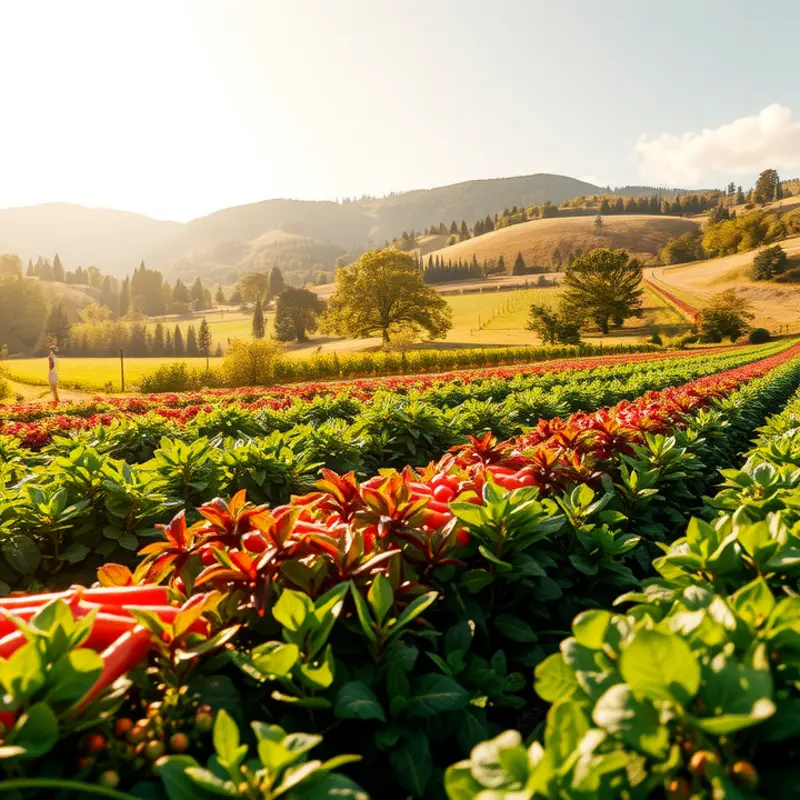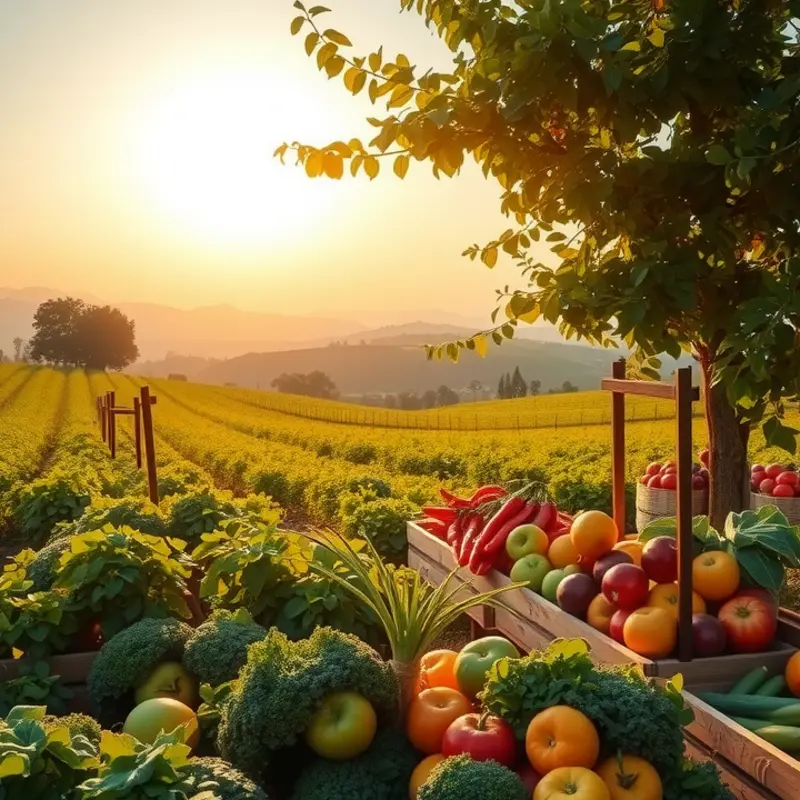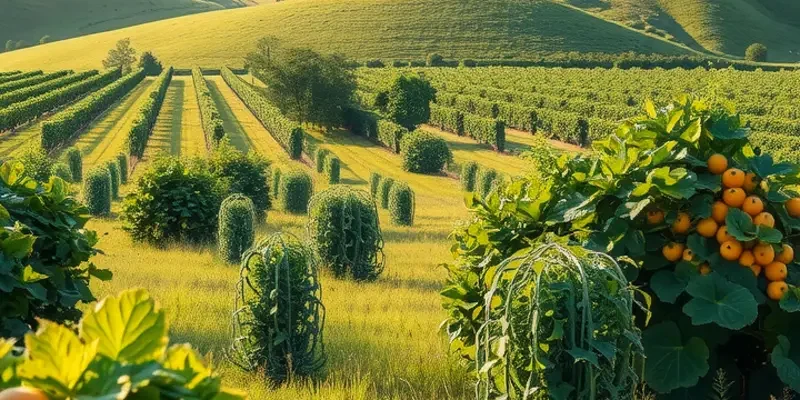Cooking over open fire is more than just a method; it is a celebration of culture, community, and flavor. From the crackling embers of a campfire to the vibrant street stalls of international markets, this ancient technique has stood the test of time, adapting to different cuisines and local ingredients. Journeying through the stories behind these practices reveals how open fire cooking reflects the essence of diverse cultures, intriguing food enthusiasts and culturally curious readers eager to explore global culinary traditions.
The Global Fires of Tradition: A Culinary Journey

Cooking over an open fire is a technique as old as humanity itself. Across the globe, this timeless method fills the air with intoxicating aromas, providing more than just nourishment—it offers an experience.
In the heart of Argentina, the art of ‘asado’ or Argentinian barbecue involves carefully preparing cuts of meat such as beef and lamb over wood or charcoal. The distinctive scent of smoke mingles with the sizzling juices, creating a mouthwatering sensory assault. As the crackling sound of fat dripping onto embers punctuates the air, communities gather in anticipation, engaging in stories and laughter—a testament to the unifying power of food.
Over in Japan, ‘robata yaki’ extends the concept of communal fire cooking. Stemming from ancient Japanese fishermen who cooked their catch over an open flame, this style involves skewering vegetables, meats, and seafood, and slowly grilling them over a charcoal hearth. The gentle hiss of skewers turning over the fire blends with the sound of convivial conversations, establishing an intimate connection both with fellow diners and the food itself.
In the frigid expanses of Mongolia, the method of ‘khorkhog’ transforms simple elements into a feast. Utilizing heated stones placed within a metal vessel filled with meat, potatoes, and vegetables, this technique steams the ingredients to tender perfection. As the lid is lifted, a cloud of savory steam unfurls, carrying the rich, earthy fragrance of mutton and herbs—a reminder of earthly pleasures carved from humble origins.
Across oceans in Hawaii, imu, a traditional underground oven, offers a sensory spectacle of its own. A whole pig, delicately seasoned, is wrapped in banana leaves and slow-cooked in an earthen pit. As the leaves crackle and the soil smokes, the transformation of raw ingredients into succulent pulled pork becomes a cultural performance, fostering community ties through shared anticipation.
Open-fire cooking also brings a profound visual element to the table. The warm glow of flames dancing beneath a starlit sky, often illuminating faces gathered close, is inherently comforting. People are drawn to this primal light, reminiscent of gatherings that date back to humanity’s earliest days.
Consider the alluring sounds—pops, hisses, and crackles—that accompany fire-based cooking. They are the harmonies that underscore a shared meal, adding an auditory layer to the culinary tapestry. Coupled with the vibrant scent of wood smoke, which perfumes meals with an undeniable depth, these sensations compose a multisensory event.
While modern conveniences streamline cooking, the communal fire persists as a venue for bonding. Around these fires, tales are spun, advice exchanged, and music shared, cementing relationships as strong as the flavors imparted by the flames. These traditions highlight more than technique; they underscore a timeless connection to food as a cornerstone of community.
As you explore these traditions, consider the cultural influences that these meals embody, much like the trade routes that have shaped culinary exchanges throughout history. Millions partake in this delicious dance, bringing people together across continents and oceans with each flicker of flame and burst of flavor.
Culinary Practices of Fired Flavor Around the World

Open-fire cooking is a celebration of tradition, community, and flavor, deeply anchored in the cultural tapestry of regions worldwide. In Ethiopia, the art of cooking injera, a staple sourdough flatbread, is often a communal affair. Families gather around the large, round griddle known as a mitad, where the batter is poured skillfully to create its distinct spongy texture. The cooking process, steeped in history, intertwines with local customs, often serving as a backdrop to pivotal life events and festivals.
Crossing oceans to Argentina, the asado represents more than just a meal; it’s a social institution. Families and friends congregate around traditional brick-built parrillas or iron grills to cook cuts of beef, lamb, and sometimes chicken over a slow-burning wood or charcoal fire. The smoky aromas that waft through the air are synonymous with Argentine gatherings, where chimichurri sauce and friendship flourish in equal measure.
In Japan, robata yaki is an open-flame grilling method that originated amongst fishermen who cooked their catch over coals on their boats. This technique has evolved into a refined culinary experience known as robatayaki, often found in specialty restaurants. A wide array of skewered seafood, vegetables, and meats are seasoned and grilled to perfection, embodying simplicity and flavor balance that reflects Japanese culinary philosophy.
In India, clay tandoors have been used for centuries to produce the distinct flavors of tandoori dishes and freshly baked naans. This ancient cooking method involves sealing in the flavors with a high-temperature roasting process, enhancing the aromatic spices typical of Indian cuisine.
The flamboyant Churrasco of Brazil offers a vibrant celebration of flavors using rotisseries over open flames. Featuring cuts of beef uniquely prepared with a coarse salt crust, these tender offerings are carved tableside in a display of mastery and tradition, resonating with Brazilian hospitality.
These diverse practices of open-fire cooking do not merely create tantalizing dishes; they serve as conduits for cultural expression, storytelling, and celebration. Each region’s choice of ingredients and techniques is tightly woven into the very fabric of social gatherings and festivities, enriching the culinary landscape.
For those eager to explore more about the influence of global trade on various culinary traditions, consider reading about culinary influences and trade. Understanding how spices and cooking techniques spread along trade routes provides deeper insight into the melting pot of gastronomic heritage. Whether it’s the technique of charring meats for enhanced flavor or the communal rhythms of preparation, the fireside continues to offer a compelling link to tradition in kitchens around the globe.
Final words
Open fire cooking transcends mere sustenance; it forms a deeply rooted connection between people, culture, and food. The crackling flames bring communities together, evoke nostalgia, and encourage stories that enrich culinary experiences. As more individuals seek authentic flavors, the art of cooking over fire remains a pillar of tradition that sparks curiosity and respect for global cuisines. Embracing these rich practices not only broadens our palates but also deepens our appreciation for the cultural narratives they carry.








